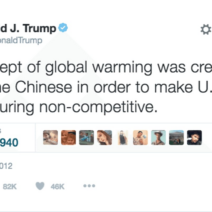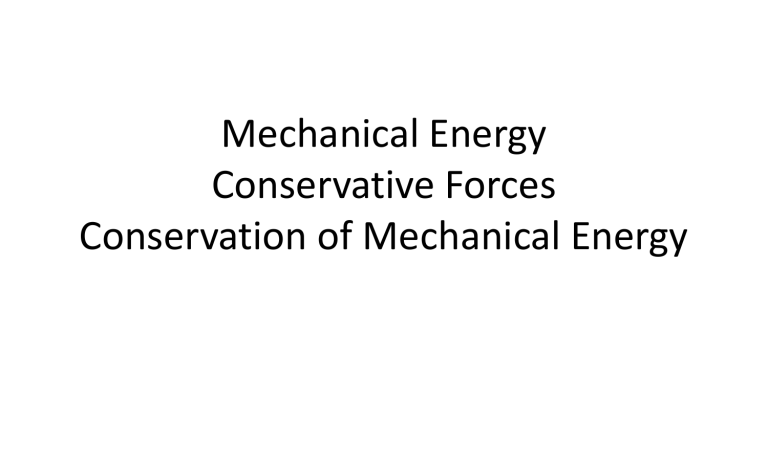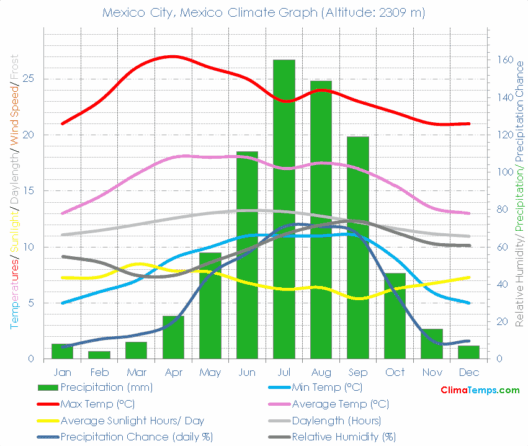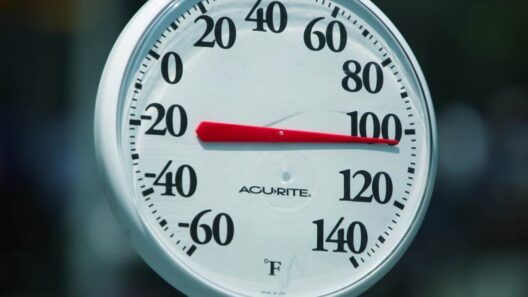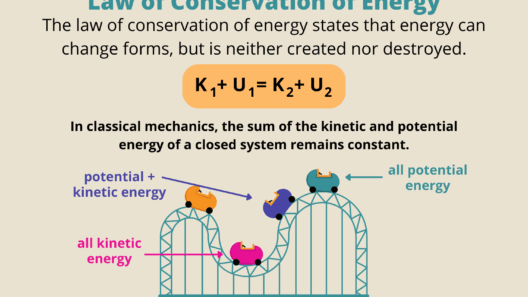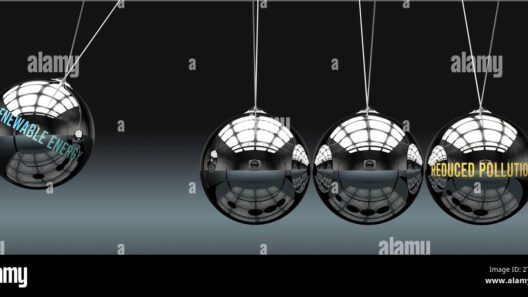Mechanical energy, a concept deeply rooted in classical physics, encompasses the sum of potential and kinetic energy within a system. It presents an alluring simplicity: the idea that energy is conserved suggests a stability, a balance to the mechanics of the universe. However, observing the dynamics of real-world systems often reveals a more complex narrative. The question, “Is mechanical energy always conserved?” prompts introspection and investigation into the nuances of energy transformation and the multitude of forces at play.
The principle of conservation of mechanical energy posits that in an ideal system, devoid of external forces and friction, the total mechanical energy remains constant. Consider a pendulum at its highest point: the mechanical energy is at its maximum potential. As it swings downward, this potential energy systematically transforms into kinetic energy until reaching the nadir of its arc, where kinetic energy is at its peak. Theoretical models depict this seamless transition; yet, these models often exist in isolation, detached from the very fabric of reality where friction, air resistance, and other dissipative forces intrude.
In the real world, mechanical energy often falls prey to degradation. Take the famed example of roller coasters, where mechanical energy conversion is pivotal. As the coaster climbs the incline, gravitational potential energy accumulates. Upon descent, this energy transforms into kinetic energy, propelling the riders at exhilarating speeds. However, throughout the ride, energy is dispelled due to friction between the coaster’s wheels and the track, alongside aerodynamic drag. Consequently, not all of the mechanical energy is conserved; some is transformed into thermal energy through these resistive forces. This phenomenon raises an essential question: How do friction and air resistance complicate the picture of mechanical energy conservation?
The complexities of energy conversion extend beyond simple friction. In engineering, systems harness mechanical energy to perform work—think of a car’s engine converting the chemical energy of fuel into kinetic energy. The aim is greater efficiency, minimizing energy loss to heat and sound. However, the inherent inefficiencies of such systems lead to significant energy drain. Features designed to optimize energy conservation—like regenerative braking in electric vehicles—utilize the principle of converting kinetic energy back into stored potential energy. Nevertheless, these innovations do not negate the reality that some mechanical energy is invariably lost in the process.
Natural environments also present intriguing cases where mechanical energy conservation does not hold. Consider the bustling ecosystems of a forest. Mechanical energy plays a critical role in the interactions among flora and fauna. The movements and actions of organisms—from the flapping wings of birds to the rustling of trees—are manifestations of mechanical energy. However, these activities are not isolated. For instance, as a squirrel runs along a branch, gravitational forces and friction interact, causing energy dissipation. Moreover, the complexity of ecological systems introduces additional variables such as metabolic energy expenditure. Thus, mechanical energy is not only transformed but also intricately interwoven with biological processes, further complicating the notion of conservation.
The broader implications of these processes touch on a fundamental understanding of energy in our lives. In contemporary society, where the thirst for energy continues unabated, recognizing the limits of mechanical energy conservation becomes crucial for devising sustainable practices. The interplay of mechanical, thermal, and chemical energies informs our approach to renewable energy technologies. Wind turbines, for example, capture kinetic energy from airflow, transforming it into mechanical energy, and subsequently into electrical energy. During this process, however, inefficiencies arise from friction in the gears and resistive forces, emphasizing the need for continued innovation to harness energy more effectively.
The captivating phenomena of energy conversion and transformation lead us to a deeper appreciation of the natural world. The quest to understand where and how energy is lost prompts inquiries into efficiency and sustainability. As our world grapples with climate change and resource depletion, the lessons learned from mechanical energy become vital. Each scenario of energy dissipation offers insight into broader environmental concerns, highlighting the urgent need for conservation strategies.
Furthermore, these considerations compel a shift in perception. Rather than viewing energy as an isolated commodity, it emerges as part of a greater ecological web. The recognition of energy conservation challenges us to redesign how we engage with our environment; it underscores the interconnectedness of systems and the necessity for a holistic outlook. In our ongoing dialogue about sustainability, acknowledging the exceptions to mechanical energy conservation fosters a narrative that values efficiency and responsibility.
Mechanical energy, while elegant in its theoretical simplicity, becomes complex when scrutinized through a practical lens. The question of whether mechanical energy is always conserved is not merely academic; it serves as a catalyst for exploring the interconnectedness of energy systems in our world. By embracing this complexity and contending with the realities of energy transformation, society can strive towards a more sustainable future—where the balance between conservation and consumption is meticulously managed. The exploration of mechanical energy transcends mere physics; it invites a reevaluation of our relationship with energy, urging a commitment to stewardship and respect for the forces that shape our existence.

